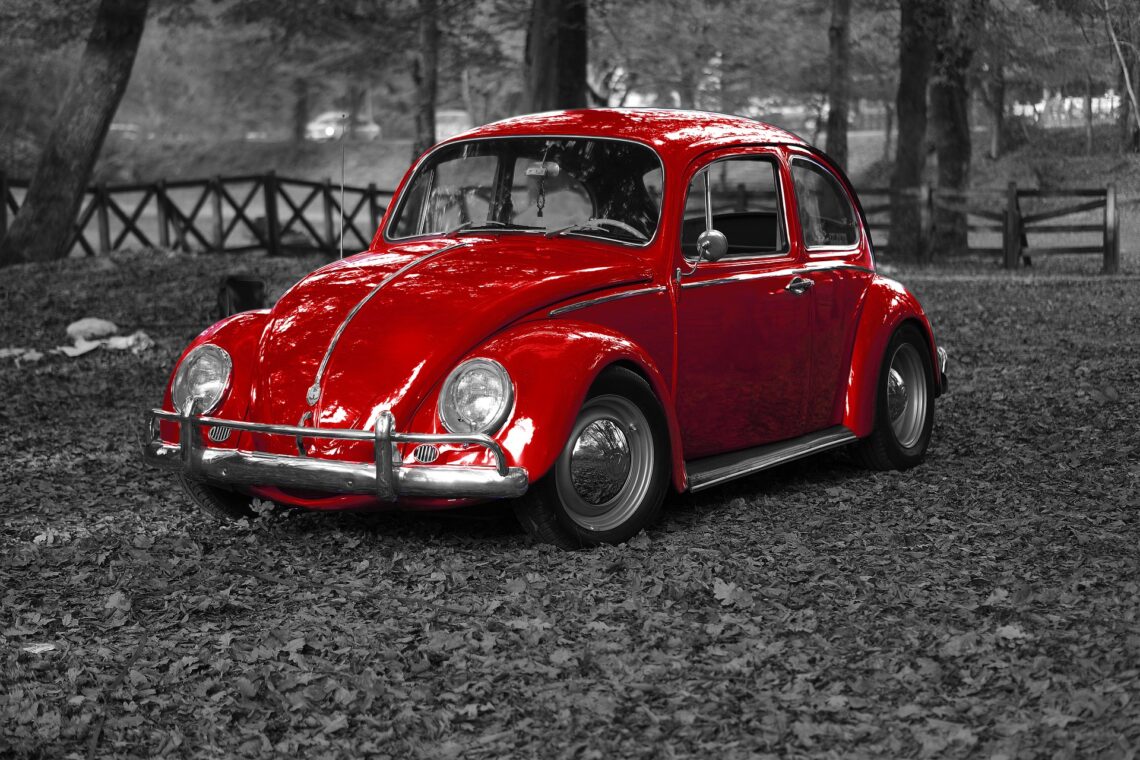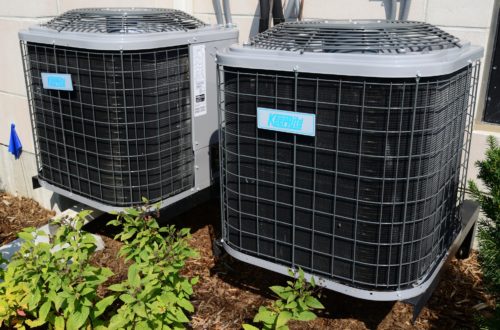Gas-saving driving habits, called hypermiling, can help you achieve up to 40 percent more miles per gallon (mpg) than your car’s official fuel economy estimate. Take, for example, a 2005 Honda Accord, a best-selling sedan with a mpg rating of 24 (21 city, 31 highway). According to Wayne Gerdes — who coined the term “hypermiling” and is considered by many to be its leading expert and trainer — an Accord driver who is savvy to hypermiling can expect to get about 35 mpg. Dedicated hypermilers can achieve 50 percent or better improvement over their vehicles’ estimated mpg figures. Last year, Gerdes set a world record for distance in a gas-powered, mid-sized sedan by driving 1,445 miles on a single tank of fuel in a 2010 Ford Fusion Hybrid. That’s 81 mpg — more than double the vehicle’s Environmental Protection Agency rating of 39 mpg.
In 2006, Gerdes started an online community for hypermiling enthusiasts, out of a desire to lessen the United States’ reliance on foreign oil and show us all how to save gas.
“The world has experienced fuel economy tips and tricks, snake — oil magic elixirs, and eco-driving tips for well over two decades,” Gerdes says. “But what did we get? Broken promises and shattered dreams. Hypermiling not only makes you a more aware driver, but it also produces fuel savings that few other methods or practices ever will.”
While Gerdes and his experienced team used advanced hypermiling methods to achieve the extraordinary results in the Fusion Hybrid, it’s possible to significantly improve gas mileage in everyday driving with simple hypermiling techniques.
Some of the following gas-saving tips may sound familiar — you’ve probably been hypermiling without even realizing it.
Basic Hypermiling Techniques:
Slow Down. When it comes to even minimally improving gas mileage, this is an easy and effective technique. Speed increases wind resistance, which ultimately reduces gas mileage. Lower speeds lead to less gas consumption. Observe the speed limit and stick to the right—hand lane.
Brake Less. Excess braking can reduce gas mileage by as much as 33 percent at highway speeds. Avoid tailgating, which is not only dangerous but leads to frequent braking. Every time you brake, you waste some of the gas that was burned during acceleration.
Lighten the Load. Gone are the days of towing cargo trailers, of loading the trunk with sandbags for traction, or of leaving cargo racks stored on top of your vehicle. And put those beach/lawn chairs back in the garage. All optional weight decreases your car’s gas mileage.
Minimize Air Conditioning. Running the air conditioner can reduce fuel efficiency by as much as 25 percent. Instead, increase airflow by cracking the driver’s window and rear passenger’s window on the opposite side. When driving at high speeds, close your windows and use the ventilation fan to reduce aerodynamic drag.
Ongoing Maintenance. You’ll burn less fuel if you keep your engine clean and running well. A dirty air filter can decrease the fuel economy of older cars with carbureted engines.
Avoid Excessive Idling. Turn the engine off if you’re not going anywhere in 30 seconds or more. A modern fuel-injected engine consumes only about five seconds worth of fuel to restart.
Intermediate Hypermiling Techniques:
According to Gerdes, it’s wise to first practice more advanced hypermiling methods on a low-traffic country road to get a feel for your vehicle’s limitations (as well as your own).
Drive Without Brakes. This technique is not as dangerous as it may sound; you simply drive as if you’ve lost your brakes, even though you still have full use of them. The idea is to anticipate stops and to decelerate by simply taking your foot off the gas — coasting to a stop rather than speeding toward it.
Alternate Routes. Choose routes that are less traveled and thus allow more flexibility to employ a wider range of hypermiling techniques than if you were surrounded by other vehicles. Leave early and try not to rush.
Smart Braking. Brake early to avoid starting again from a dead stop, especially when facing an uphill climb (the worst scenario for gas mileage). If you can avoid a complete stop by slowing early to allow a pedestrian, turning vehicle, or other impediments ahead to clear, you’ll conserve fuel.
Rabbit Timing. This technique works at traffic lights with sensors. When approaching a “stale” red light (one that has been red a long time and will soon turn green), slow down early and let the other traffic around you (“the rabbits”) trip the light’s sensor as they race ahead and then stop. They may cause the light to go green, so you may not have to stop at all. a dead stop, especially
Perhaps best of all, any of these strategies will help teach you how different driving habits affect gas mileage. While the techniques listed only scratch the surface of the available mileage stretching methods, with time, whatever degree of hypermiling you’re comfortable with can become second nature. You’ll have numbers to be proud of, both in mpg and in savings at the gas pump. To learn more about hypermiling and engage with a community of mpg — thrifty drivers, visit www.cleanmpg.com.
Excerpted from Mother Earth News, the Original Guide to Living Wisely. To read more articles from Mother Earth News, please visit www.MotherEarthNews.com. Copyright 2009 by Ogden Publications Inc.






